When people see the kanji 夢 (yume), they usually think of the dreams we see while asleep.
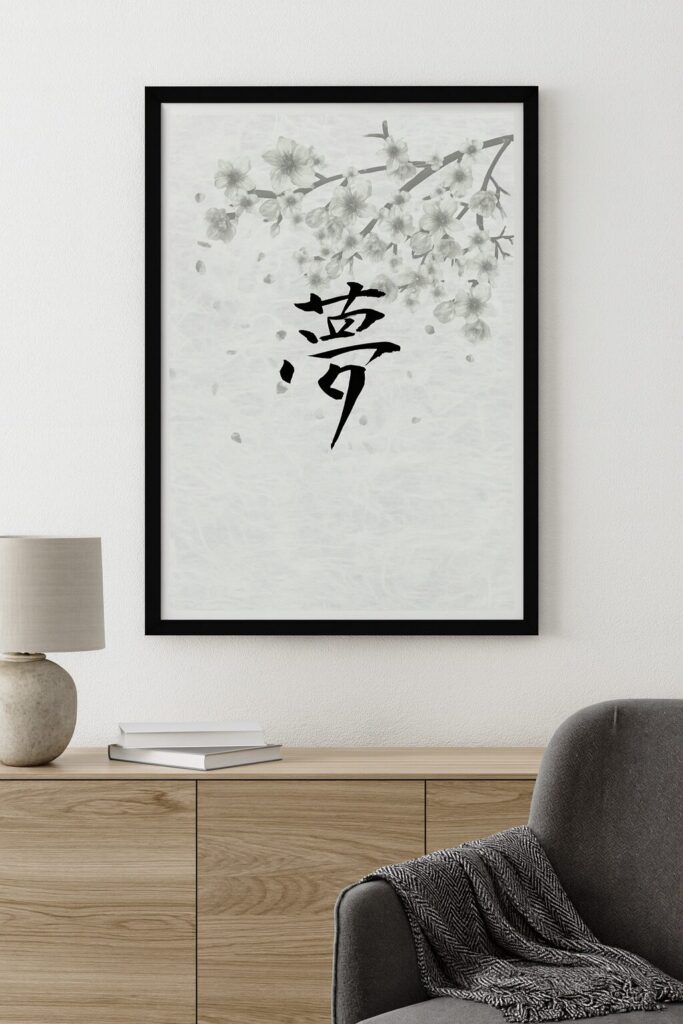
However, the story behind this character goes far deeper.
In Japanese culture, yume does not only mean visions in sleep, but also represents hope, imagination, and the fleeting beauty of life itself.
In this article, we will explore the origin of the kanji 夢, its cultural significance in Japan, expressions used in daily life, its role in art and literature, and how it differs from Western interpretations of dreams.
The Origin of the Kanji 夢 (Yume)
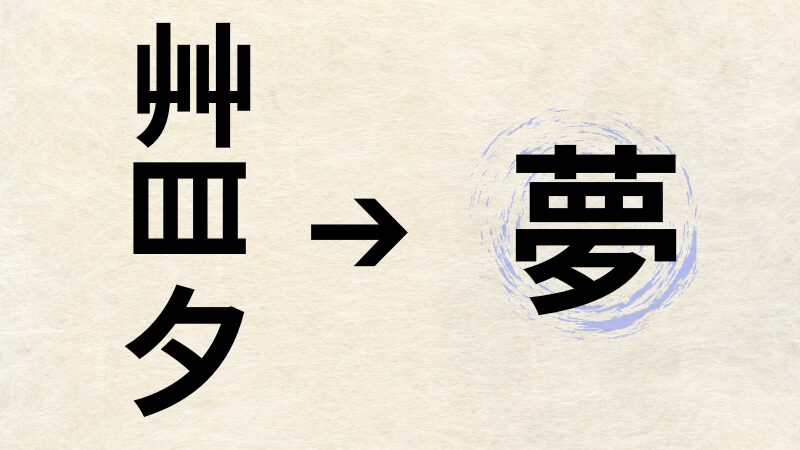
The kanji 夢 has a poetic and complex origin. Ancient forms of the character were composed of several elements:
- 目 (me) — meaning “eye” or “to see”
- 艸 (kusa) — meaning “grass” or “something that covers”
- 夕 (yū) — meaning “evening” or “night”
Together, these elements create the image of eyes covered in the darkness of night, where vision becomes hazy and indistinct.
From this imagery, yume came to mean not only dreams during sleep, but also vague, imaginative, and aspirational visions that exist within the human heart.
The Dual Nature of “Yume” in Japanese Culture

In Japanese tradition, yume has always carried two contrasting yet complementary meanings.
1. Dream as Hope
From the Manyōshū (the oldest anthology of Japanese poetry) to modern literature, dreams have symbolized human desire and longing.
They represent ambitions and hopes—something just out of reach, yet deeply cherished and pursued.
2. Dream as Transience
At the same time, yume also reflects the Buddhist idea of impermanence.
Just like cherry blossoms that scatter in the wind, dreams remind us that everything is fleeting, both beautiful and fragile at once.
This duality of hope and impermanence gives the word yume its unique depth in Japanese culture.
Everyday Expressions with “Yume”

The richness of the word yume can be seen in countless Japanese expressions that remain in daily use:
- 吉夢 (kichimu) / 悪夢 (akumu) — auspicious dreams and nightmares. “Akumu” is also used metaphorically to describe real-life tragedies.
- 夢を追う (yume o ou) / 夢が叶う (yume ga kanau) — to chase a dream or to see one’s dream come true, often used in a motivational context.
- 夢物語 (yume monogatari) / 夢心地 (yume gokochi) — meaning “fantastical story, unrealistic” or “dreamlike pleasant state.”
- 初夢 (hatsuyume) — the first dream of the New Year, traditionally believed to predict fortune. The famous phrase “Ichi-Fuji, Ni-Taka, San-Nasubi” (First Mt. Fuji, Second Hawk, Third Eggplant) describes the luckiest New Year dream.
“Yume” in Japanese Art and Aesthetics

Dreams have been an important theme in Japanese art, literature, and performance:
- Classical Literature: In The Tale of Genji, dreams are depicted as omens or encounters with the spirits of the dead.
- Noh Theater: The “Mugen Noh” (phantasmal plays) blur the line between dream and reality, guiding audiences into a mysterious, otherworldly space.
- Modern Pop Culture: Works such as Makoto Shinkai’s Your Name and Satoshi Kon’s Paprika use dreams as central motifs, gaining global acclaim.
From ancient times to modern anime, yume has remained a powerful artistic symbol.
Dreams in Japan vs. the West

In the West, dreams are often interpreted through psychology, especially Freud and Jung, as windows into the unconscious mind.
In contrast, Japanese tradition tends to view dreams more poetically and spiritually—as omens of the future, or as reminders of the fleeting nature of life.
How to Read the Kanji “夢”
- On-yomi (Sino-Japanese reading): ム (mu) — used in compounds like musō (夢想, vision/daydream) or mugen (夢幻, illusion).
- Kun-yomi (native reading): ゆめ (yume) — the most common reading, meaning both sleeping dreams and life aspirations.
Conclusion: What “Yume” Teaches Us
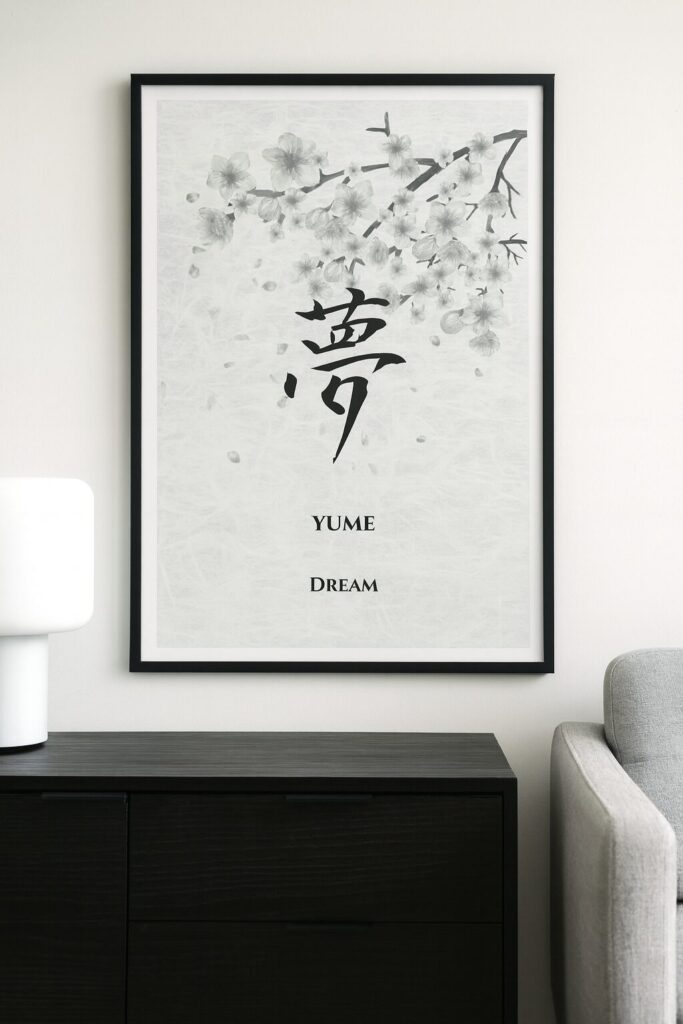
To embrace the kanji 夢 in your life is to embrace more than just the dreams of sleep.
It means welcoming imagination, ambition, and the beauty of impermanence into your daily existence.
In Japanese culture, a dream is not just something you see—it is something to cherish, pursue, and live by.
So, what does yume mean to you?

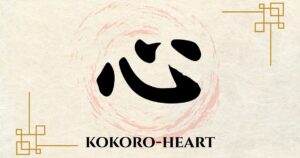
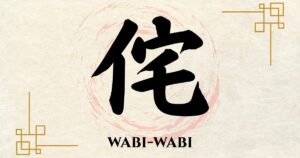
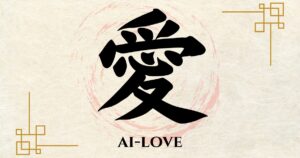
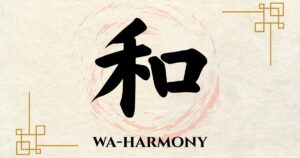
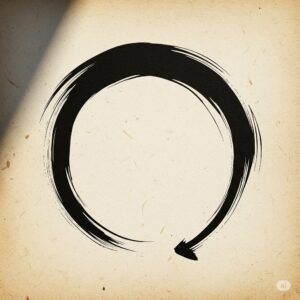
コメント